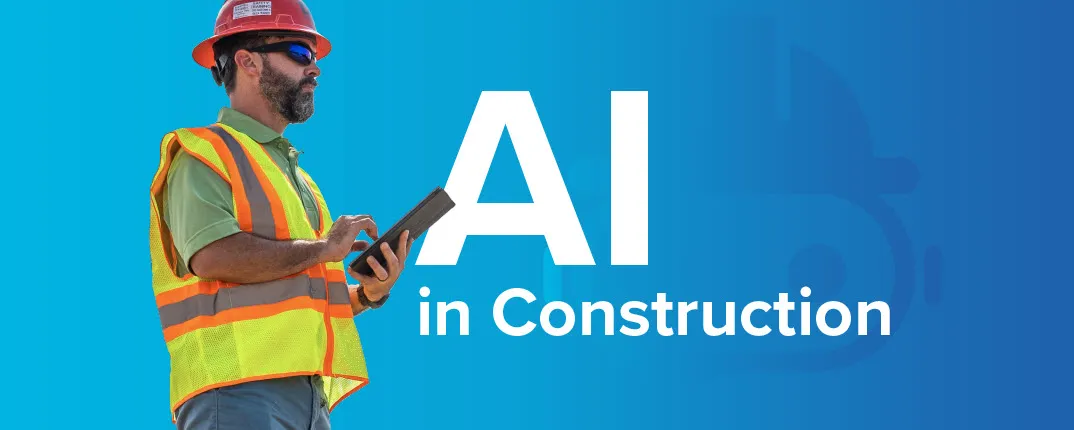
Construction powers the American economy, spending more than $2 billion a month and employing eight million workers at any given moment. This industry must constantly innovate to improve our shared built environment — the places where we heal, learn, play, work, and gather.Although technologies like building information modeling, reality capture, and digitized project management offer streamlined solutions before, during, and after the construction phase, the broader aspects of design, coordination, and planning continue to depend on manual efforts.
Artificial intelligence (AI) offers the potential to revolutionize these processes by automating complex tasks, historically the domain of human expertise. Recently, AI technology has made significant strides. Construction now has access to a new wave of AI tools.
These advancements suggest a future where AI not only supports but also significantly transforms how we approach design, construction, and management, leading to greater efficiencies and innovation. But these technologies could also pose new and significant challenges and risks.
Historically, construction has been slower to adopt new technologies and processes compared to other industries due to high costs, regulatory challenges, the project-based nature of the work, and the risk-averse mindset within the industry. Facing technological advancements, sustainability concerns, labor shortages, client demands, and increased competition, the construction industry is primed to become more adaptive and forward-thinking.
Artificial intelligence has already changed the way we live and work — for example, it can help our phones (mostly) to transcribe speech or our laptops to draft emails. Until recently, AI generally worked behind the scenes, optimizing business processes or making recommendations about the next product to buy.
The introduction of ChatGPT, along with other generative AI tools, has spawned a high level of interest from the general public, with people wondering how this will not only affect their jobs but also their daily lives. This gave many industry leaders, like Associated Builders and Contractors (ABC), the opportunity to engage directly with AI.
First, it’s important to develop a general understanding of how various technologies are defined.
The construction industry depends on personal expertise and hands-on skills, areas where artificial intelligence falls short. Given that human discretion plays a crucial role across the entire lifecycle of a construction project, AI lacks the understanding and decision-making abilities of a human.
Rather than outright job displacement, the adoption of AI will likely lead to an evolution in specific roles and tasks. When AI is integrated with a company’s organizational knowledge, it unlocks far more strategic advantages than those achievable without these advancements. Technology integration facilitates improved operational efficiency and supports more-informed, data-backed decisions.
Therefore, the conversation shifts to an anticipation of how jobs will adapt and grow using AI to enhance, rather than replace, the human elements essential to the construction industry. How can AI help augment workflows on the job site? Here are some examples:
The evolving construction sector demands that contractors grasp AI’s strengths and limitations. Embracing innovation and creative thinking are crucial to staying competitive and tackling major challenges.
Whether you are adopting a new process, equipment, tool, software, or other type of technology, it’s important to keep the basics in mind and ask why you are adopting it. When it comes to any type of technology or process, the transition does not just affect the individual, but the entire company culture.
Honest feedback and adjustments along the way are natural and ensure trust. As mentioned earlier, AI provides an opportunity for construction to be proactive. Training your employees to use AI can enhance your company’s competitive advantage for procuring new clients and hiring top talent.
Stakeholders should consider the following when looking to integrate AI: